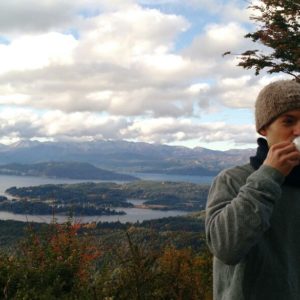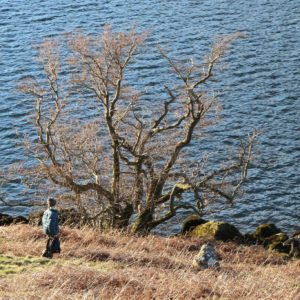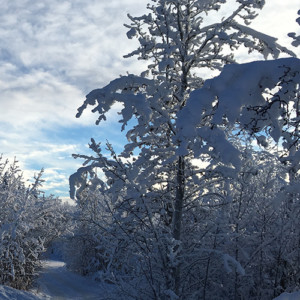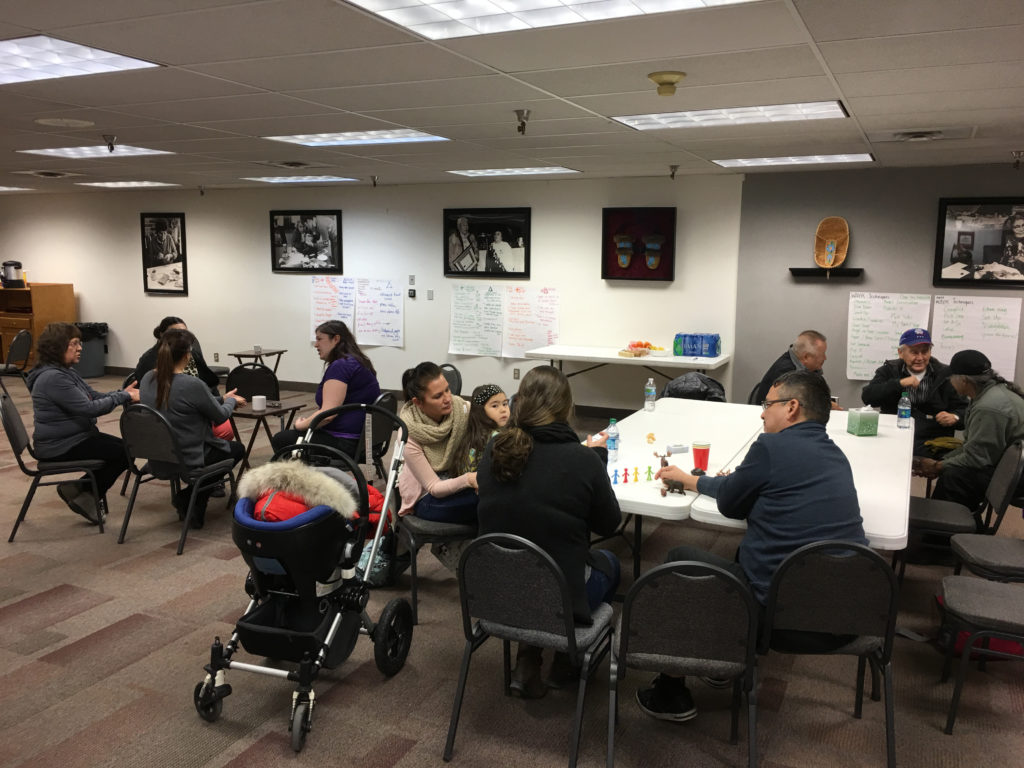 The WAYK team once again returned to Fairbanks this winter for three weeks of training with speakers and learners of two Athabaskan languages: Gwich’in and Benhti Kenaga’ (Lower Tanana langauge). Our time in Fairbanks was followed by a week-long visit to Northway, AK to work with the local language team on the Upper Tanana language (Née’ aanneegn’). This was WAYK’s fourth visit to the interior of Alaska partnering with the Doyon Foundation on their ongoing language revitalization program. Over the course of our previous visits, we have visited Fairbanks, Tanana, and Tok, and worked with Han, Gwich’in, Deg Xinag, Upper Tanana, and Denakk’e.
The WAYK team once again returned to Fairbanks this winter for three weeks of training with speakers and learners of two Athabaskan languages: Gwich’in and Benhti Kenaga’ (Lower Tanana langauge). Our time in Fairbanks was followed by a week-long visit to Northway, AK to work with the local language team on the Upper Tanana language (Née’ aanneegn’). This was WAYK’s fourth visit to the interior of Alaska partnering with the Doyon Foundation on their ongoing language revitalization program. Over the course of our previous visits, we have visited Fairbanks, Tanana, and Tok, and worked with Han, Gwich’in, Deg Xinag, Upper Tanana, and Denakk’e.
WAYK’s most recent visit, in January 2016, was designed to provide further support to the Gwich’in learners and teachers who had attended previous WAYK trainings, and to provide an opportunity for more community members to get involved, both with Gwich’in and with a language that was new to the WAYK team: Benhti Kenaga’. As we did in our April 2015 visit, we chose to focus on small group sessions as much as possible instead of larger workshops. Our goal was to work with small teams of learners and speakers to strengthen their use of Techniques to facilitate language transfer. We were thrilled to have a small group of learners for each of the languages who consistently came to many of the daily sessions throughout our visit.
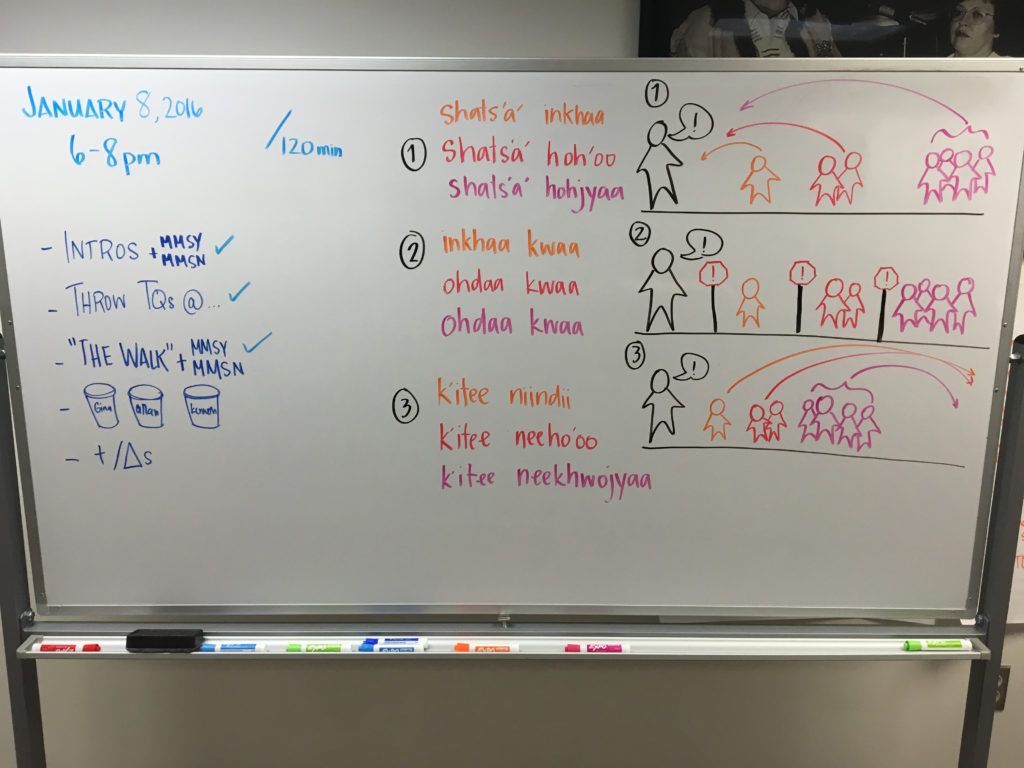
One of our goals for this visit was to pilot a Community Language Night for each of the languages we were working with. As a long-term strategy, we recommend that communities choose one night a week to plan a language gathering; more than that (especially at first) can be hard to sustain. However, during this visit and at the request of our hosts, we ran nightly gatherings in Fairbanks from Mondays to Fridays. While not practical in the long run, this intense experience was ideal for the local language team to get loads of practice planning and leading a Community Language Night. The evenings also turned out to just be a good meeting time for learners who couldn’t take time away from their work to join the language sessions offered earlier in the day.
Even over the course of the short weeks that we were in Fairbanks, word of the Community Language Night spread and attendance increased. Some people were only able to come one or two nights a weeks, and some were there almost every night. We were able to work with speakers during the day to develop new lessons and games to present each night at Community Language Night. By the beginning of our second week we had a ideal Community Language Night scenario. Learners who had attended the first week either worked on new lessons with intermediate/advanced speakers or taught the very beginner lessons to any newcomers. At the same time, fluent speakers could sit and talk with each other or walk around and support the other lessons that were going on by Angeling or giving Accent Adjustments.
As we moved into our third week in Fairbanks, and began to work with the Benhti Kenaga’ learners and speakers, we had a request to keep the Gwich’in evenings going. Our solution was to create a bilingual Athabaskan language gathering. Since both communities were working on WAYK Techniques, and both Community Language Nights would run on the same schedule, we would invite both groups would meet in the same location every night. After our initial introductions and Technique review, the groups would divide into neighboring rooms for lessons in each language, and then come back together for Plus/Deltas at the end of the evening.
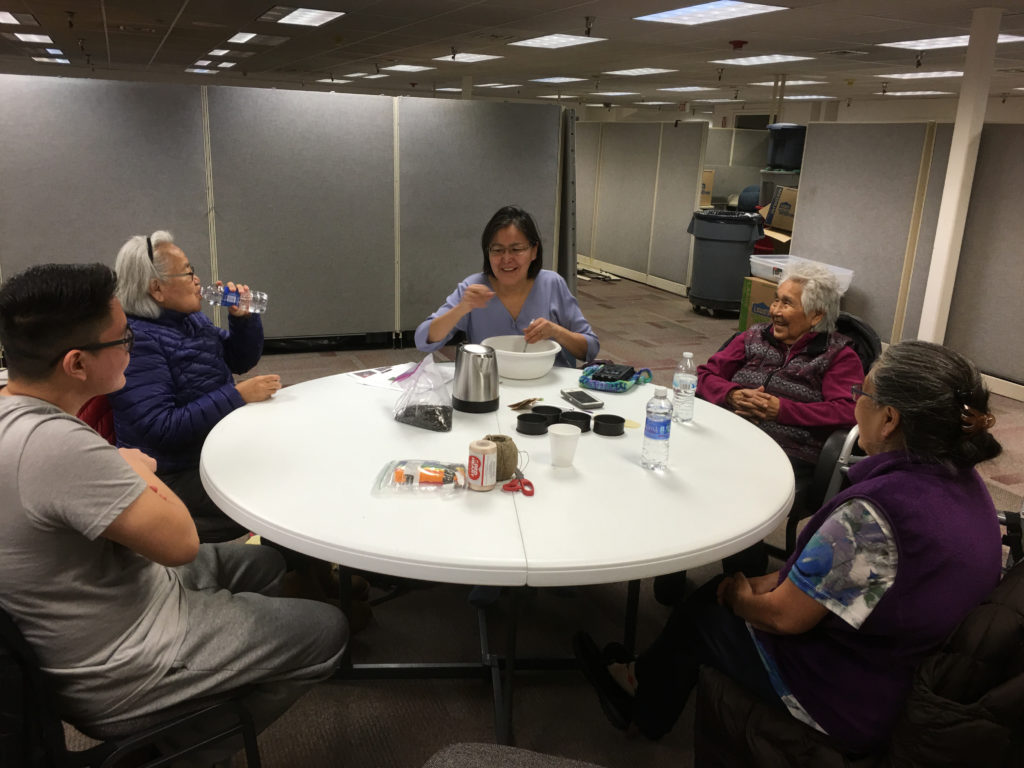
In addition to piloting Community Language Nights for the Athabaskan languages in Fairbanks, the WAYK team worked with frequent collaborator Kenneth Frank to develop some introductory lessons and games for Gwich’in. Working with Kenneth and Allan Hayton of the Doyon Foundation, we also created a wonderful Walk (mobile lesson) through the exhibits at the Morris Thompson Center. We also started to identify language milestones for Kenneth to use in his classroom. He has a series of interconnected stories that he has told his students in English–we began to plan out what language lessons would need to be developed so that they could understand just one story if it was told in Gwich’in.
Planning backwards from a milestone to the individual language lessons is no small undertaking, and, even though we developed a series of about 20 lessons related to the story, we were only able to scratch the surface of the language you would need to attain a fluent understanding. To fully develop this curriculum would have taken many more weeks. However, our goal during a shorter visit like this is never to create a finished and polished curriculum, but rather to practice the steps of backwards planning, identifying language milestones, breaking them apart into Bite-Sized Pieces, and creating Set Ups to teach each piece. In our view, these skills are more valuable than
Our thanks to The Doyon Foundation, Doris Miller, and Allan Hayton, Crystal Wilson at the UAF Interior Alaska Campus Tok Center, Josh Snow at the Effie Kokrine Early College Charter School, Siri Tuttle at the University of Alaska Fairbanks, and all of the speakers and learners, especially Kenneth Frank, Vern Solomon, Josephine Riley, and Sarah Silas.
Be sure to check out our Events Page to see where WAYK is traveling next!

